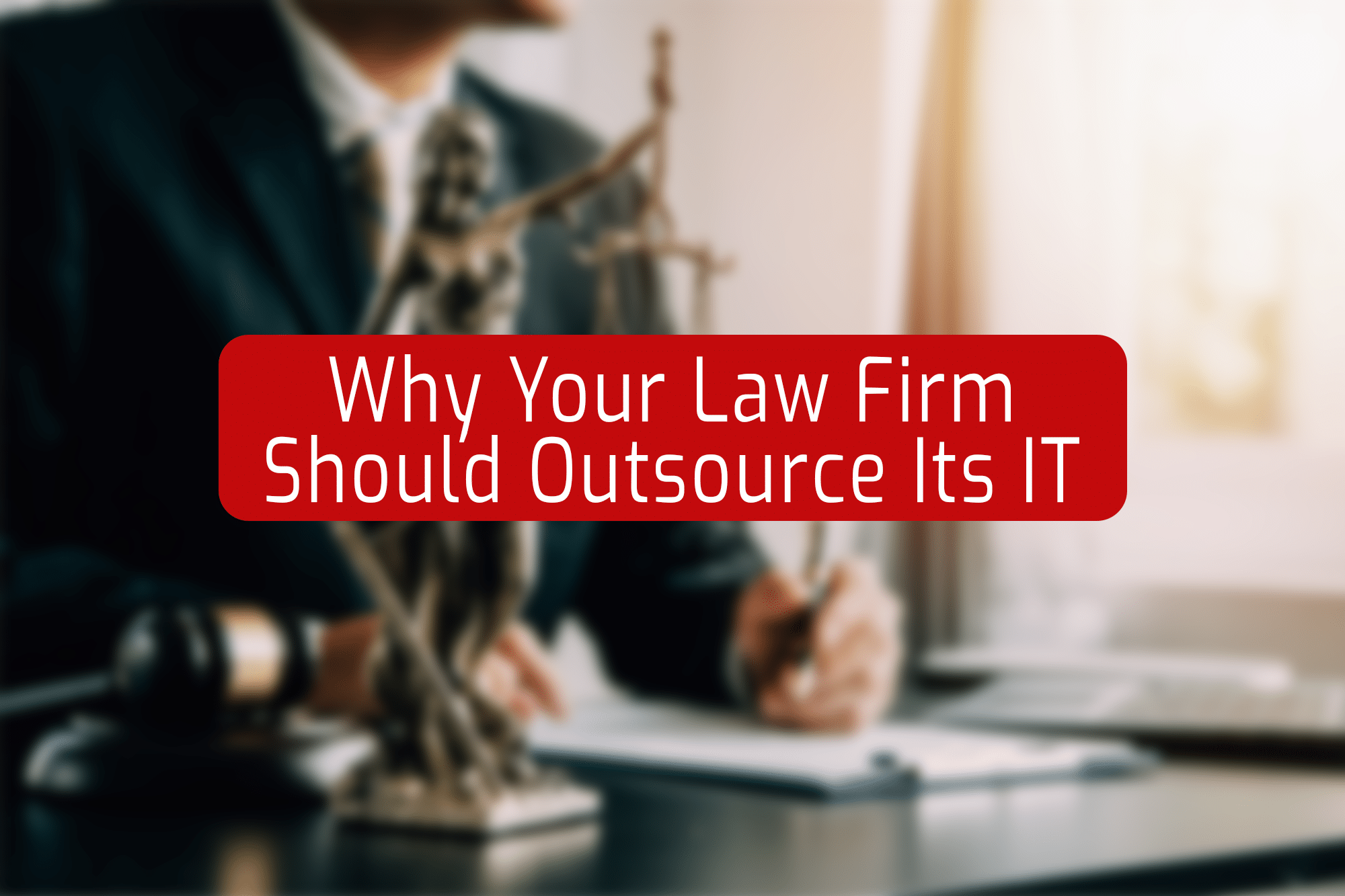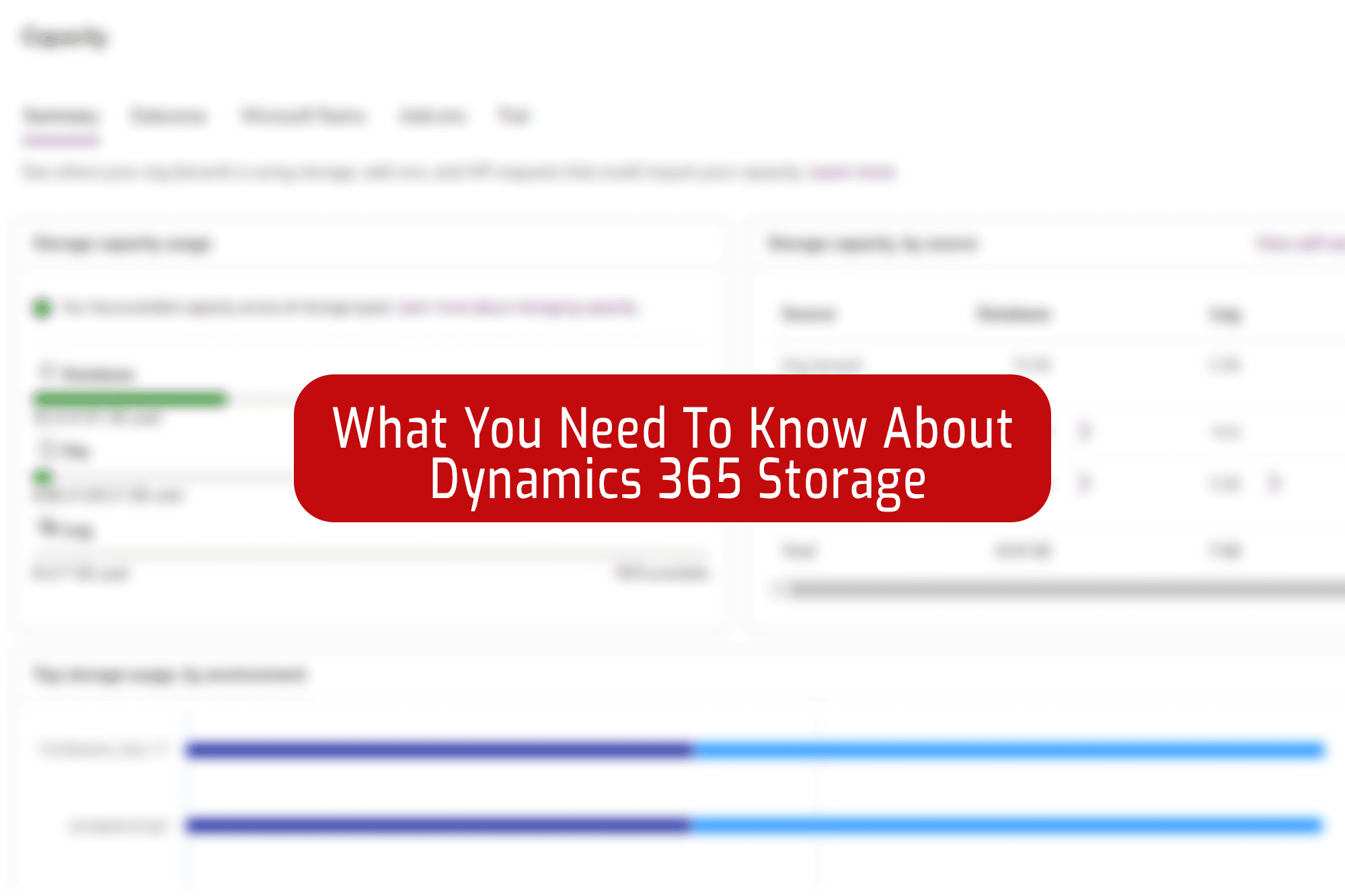With energy costs rising for everyone, and no energy cap on businesses, reducing your office energy costs comes down to reducing your energy consumption, and could be the key to saving your business money
How much energy are you currently using?
A lot of businesses don’t actually know how much energy their office equipment uses. It might be a shock to find out just how much energy they’re using on a daily basis, check out the table below to find out the rough estimates.
| Equipment | Watts Per Day | Daily Cost in £ | Monthly Cost in £ | Yearly Cost in £ | Cost Per 25 Staff Per Year in £ |
|---|---|---|---|---|---|
| Desktop Computer | 240 | 0.65 | 19.50 | 234.00 | 5850.00 |
| Thin Client | 65 | 0.18 | 5.40 | 64.80 | 1620.00 |
| 27″ Monitor | 30 | 0.08 | 2.40 | 28.80 | 1440.00 (2 Monitors Per Staff) |
| Laptop | 65 | 0.18 | 5.40 | 64.80 | 1620.00 |
| Server | 500 | 4.00 | 120.00 | 1440.00 | N/A |
*Based on average cost per Kwh being £0.38, an 8 hour workday and 30 days in a month
This means that if your business has a server and 25 staff, all of whom have a laptop and 2 monitors, your equipment will be costing you an average of £4500 per year! And that’s before you add on the cost of your lights, air conditioning, heating, and any other standard appliances you may have. But what can you do to keep on top of this number?
Here are 5 quick fixes to reduce your energy costs
Making sure you adhere to these 5 quick tips will help you stave off any unexpected (and unwanted) energy costs.
1. Put your laptop/PC into sleep or standby mode when not in use, especially during lunch.
Reducing the amount of time that your computer is turned on and awake takes out a decently sized chunk of your energy costs already.
2. Switch off your computer at the end of the day.
Many of us fall into the habit of just locking our computer, or closing the lid of our laptop, at the end of the day. But guess what? When you do this, your computer is still using power and therefore costing you money!
3. Reduce the brightness of your monitor.
This is good not only for using less power, but also better for your eyes in the long run
4. Only keep your laptop plugged in when it needs charging.
Leaving your laptop plugged in when full means it’ll constantly sip power in order to keep itself topped up, so unplugging it when it’s full will help save you energy! This is also better for the battery health meaning it could increase the time until you need to replace your laptop!
5. Finally, unplug any USB accessories you’re not using.
USB accessories will command a power draw when they’re plugged in, even when not in use – so unplug what’s not needed and reduce your energy consumption.
These tips will help you cut down on your energy consumption little by little, but they may not drastically reduce your energy costs in the way you might want. For that, you’ll need some more long term solutions that can take bigger chunks out of your energy consumption.
3 long-term fixes that will reduce your energy costs
These longer term solutions can be more difficult to implement, but the rewards are much higher!
Replace your power hungry desktop PCs with more energy efficient laptops
It’ll cost an average of £20,000 to replace 25 desktop computers with laptops (at £800 per laptop), but over 4 years it’ll cost £24,000 to run 25 desktops. Whereas, it’ll only cost £3,228 to run 25 laptops over 4 years, meaning that over the 4 year period it’ll still be cheaper to replace your desktops with laptops, with an average saving of £772.
If electricity prices rose to £0.50 per Kwh then over 4 years 25 desktops would cost £35,000 to run, meaning you would save £10,254 if you replaced your desktops with laptops over the 4 year period.
Not to mention, having laptops instead of desktops increases your staff’s possibility of working from home, which means you could save even more money by having fewer people at the office.
If you’re using Microsoft 365, you could move your computers to the Microsoft cloud.
Depending on your current Microsoft 365 package, you could already be entitled to do this with the resources costing just £18 per user on a 3 year commitment.
Click here for more information on Microsoft 365
Migrate your existing on-premise servers to Microsoft Azure.
With 1 and 3 year commitments available, this could take out a huge chunk of your energy consumption by not having to power a server on-premise. But that isn’t the only benefit.
- Save money on energy costs
- No need for hardware renewals
- No expensive upfront expenditure
- A reduced risk of downtime
All in all, energy prices are only going to go up, and with the energy price cap not applying to businesses, you need to do everything you can in order to keep costs down, and profits high. These tips will help you keep on top of your energy bills so that you can go this winter without worrying about the bank.





